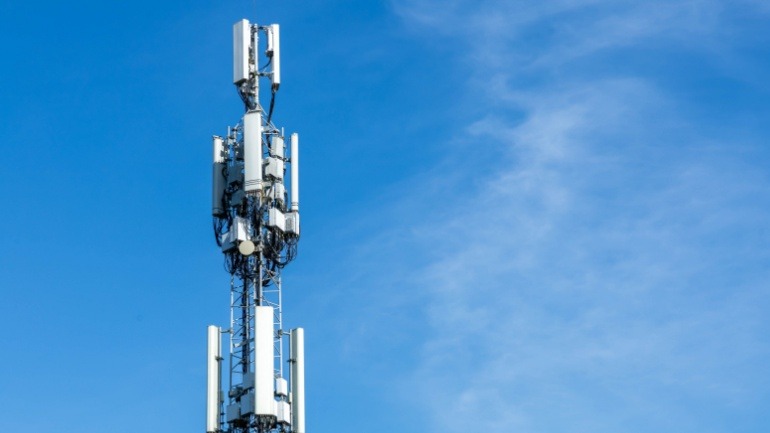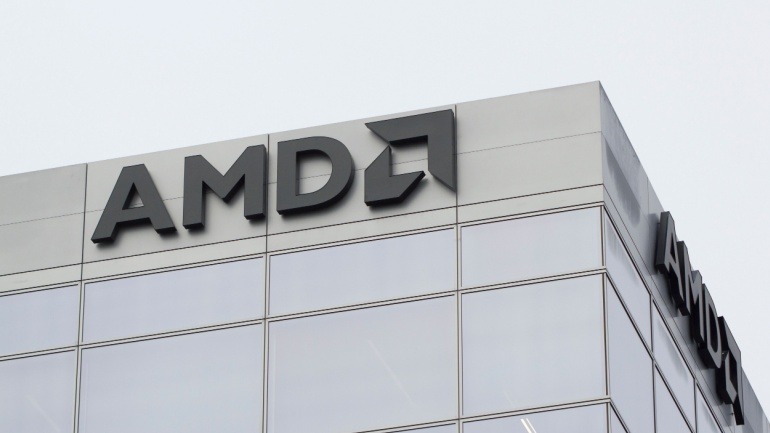Deutsche Telekom has announced the operation of 12,150 5G antennas across 920 German cities, utilizing the 3.6 GHz spectrum band. In the past month, the company expanded its mobile service to 676 locations nationwide. This expansion includes enhancements to 500 existing locations and new coverage at 91 locations with both LTE and 5G frequencies.
Notably, around 97% of German households now have access to Deutsche Telekom’s 5G network, while LTE coverage reaches 99% of households. Mathias Poeten, head of mobile networks at Telekom Deutschland, stated, “This progress brings us closer to our goal of providing 99% of people nationwide with 5G by the end of 2025.”
Looking ahead, Deutsche Telekom plans to introduce 5G Standalone (SA) in Germany this year. The company aims to offer 5G SA to private customers, building on the current use of network slicing and 5G campus networks by business customers.
The 3.6 GHz antennas stand out for their connectivity to the transport network via 10 Gbps fiber optics. This high-capacity connection complements the existing 700 MHz and 2.1 GHz 5G frequencies used nationwide. The 3.6 GHz band is particularly effective in urban areas, delivering high download speeds and smooth mobile connectivity.
Moreover, Deutsche Telekom has introduced private 5G in the millimeter wave (mmWave) 26 GHz spectrum in Germany. This spectrum allows for latencies as low as three to four milliseconds and offers impressive data rates—over 4 Gbps for downloads and 2 Gbps for uploads. The mmWave band, while offering shorter coverage, provides higher bandwidth and speed, suitable for localized applications.
Currently, the 26 GHz band is allocated by BNetzA, Germany’s national telecoms regulator, for localized enterprise use. Deutsche Telekom has successfully trialed 26 GHz 5G frequencies with industrial customers, proving the capability of mmWave technology.







